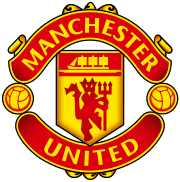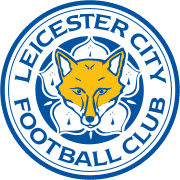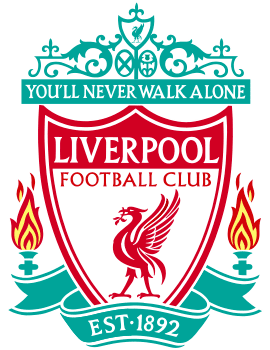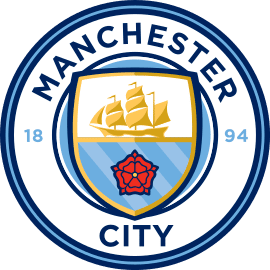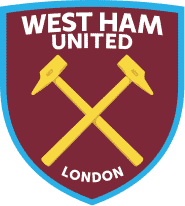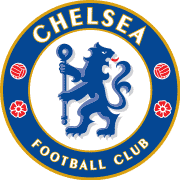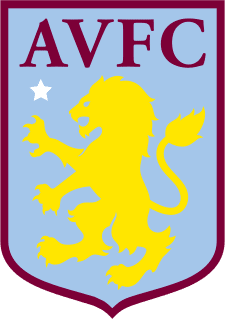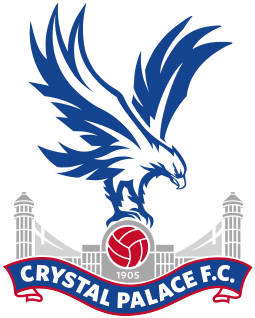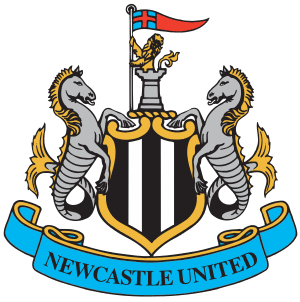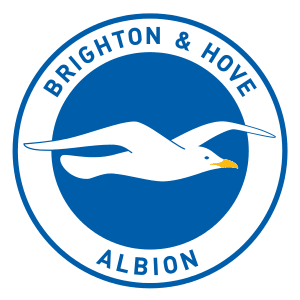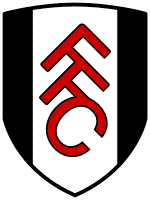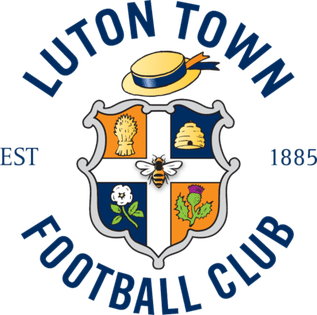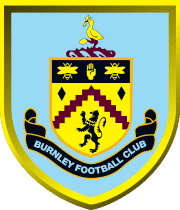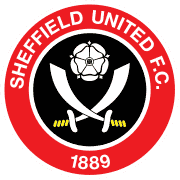Arsenal FC Tryouts & Club Guide: History, Stadium, Players, and More!

Welcome!
Discover the world of soccer with fcscout.com, your go-to scout for club tryout information, club guides, player profiles, in-depth product reviews, and more. We’re dedicated to exploring and revealing the best in each domain, empowering you with knowledge to make informed choices.
Thank you for being here!
Hi, I’m Carlos! A coach, sports enthusiast, and the founder of FCScout.com.
I fell in love with the game at a very young age like many of you. I’ve been following and playing soccer for many years.
Throughout my career, I always enjoyed helping soccer players chase their dreams, which is why I started this website. I wanted to reach a larger audience outside of my local area and fcscout.com was born.
This website is a platform I will be using to update club pages on any tryouts, stadiums, players, tech, and more from clubs around the world. I also create free recruitment profiles for players looking to have that extra competitive edge when reaching out to clubs.
That’s it. That’s my pitch for you to stick around (or browse the site as you please).
This is already too much text for a “see more” drop-down button thing. If you want to reach out to me, head on over to my contact page 🙂

Arsenal Football Club is a professional football club based in Islington, London, England. The club competes in the Premier League, the top division of English football.
Arsenal FC Youth Development System
Arsenal FC Academy
The Arsenal academy is central to Arsenal’s long-term future.
Developing young talent and giving young players a chance has long been at the centre of the club’s philosophy, and will continue to be so. The Arsenal academy has a proud history of producing players for the first team, and remains at the forefront of player development.
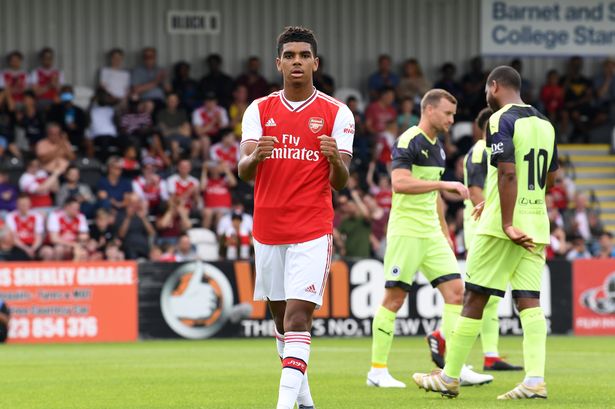
Hale End – the club’s facility for nine to 16-year-olds – is currently undergoing a major redevelopment and is set to be one of the finest academy facilities in world football.
The Arsenal board is committed to establishing the Arsenal academy as one of the best in the world. Chief executive Ivan Gazidis said:
“Our future is going to be built around how well we develop our young players and bring them through to our first team.
“That’s always been an underlying principle of the club and that’s going to continue to be the case. We have top, top coaches here for young players, we have fantastic facilities that we are investing in.
“We have also got a great athletic development department and, above all of those things, we have a strong club philosophy, which revolves around playing great football and giving young players a chance.
“That means that not only the very best young players in England but also the very best young players in Europe want to come to Arsenal Football Club. It gives us a great competitive advantage.”
Arsenal Football Development
Arsenal Football Development’s aim is to support growth of Arsenal’s global fan base by enhancing fan experience and engagement through our highly qualified coaching team.
We work closely with our Football Development Partners to deliver unique summer camps experiences in the United States and here in the UK. We also provide support to our club partners with their coaching needs and deliver in many locations including Visit Rwanda, Rwanda , World Remit, UK and Nigeria and Cover More UK.
Our Football Development team also provide internal department support and provide coaching team for our Arsenal’s summer commercial tour activations, Junior Gunner coaching events and International membership activations. For more information, click here.
Arsenal Recruitment Trials
At the time of this writing, there is no official publishing’s on Arsenal trials. Please come back at a later date while we monitor this club or click here to visit their official academy news section.
EXPLORE MORE CLUBS!
Explore more professional clubs by continent.
Arsenal FC History
In 1893, Arsenal became the first club from the south of England to become a member of The Football League, and the club was promoted to the First Division in 1904. They were only demoted once, in 1913, and currently hold the record for the longest unbroken stretch in the top tier. Additionally, they have won the second-most top-flight matches in the history of English football. In the 1930s, Arsenal won five League Championships as well as two FA Cups. After the war, Arsenal won another FA Cup in addition to winning two Championships. The 1970–1971 season was the first one in which they were victorious in both the League and the FA Cup. They won five League crowns and five FA Cups between the years 1989 and 2005, giving them two additional Doubles along the way.
The 20th century came to a close with them holding the greatest average league position. Herbert Chapman, who was responsible for a sea change in Arsenal’s fortunes, led the club to its first trophy, and his legacy helped the club dominate the 1930s decade. Chapman, unfortunately, passed away from pneumonia at the age of 55 in 1934.
He had been diagnosed with the disease in 1923. In addition to assisting in the implementation of the WM formation, floodlights, and shirt numbers, he was the one who suggested adding white sleeves and a more vibrant red to the club’s jersey. The most trophies were won by Arsène Wenger, who also held the record for the longest managerial tenure. He holds the record for most FA Cups won with seven, and the side he led to victory in the 2003–2004 season broke an English record for the longest top-flight unbeaten league run with 49 games, earning them the nickname “The Invincibles.” He won seven FA Cups, which is also a record.
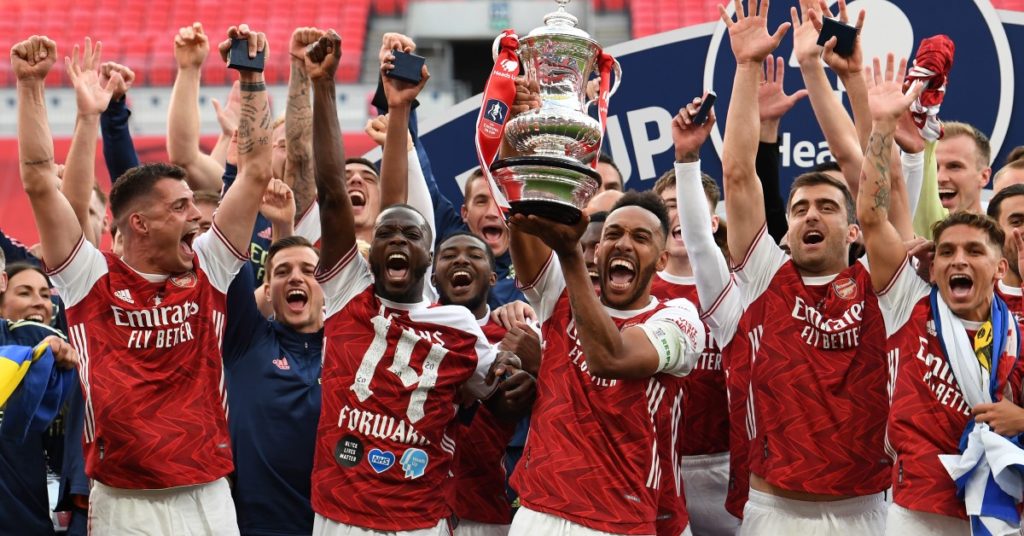
The club, formerly known as Dial Square, was established in 1886 by munitions workers at the Royal Arsenal in Woolwich. After moving across the city to Arsenal Stadium in Highbury in 1913, the team became immediate neighbors with Tottenham Hotspur, which led to the establishment of the North London rivalry. They relocated to the Emirates Stadium, which is located nearby, in 2006. Arsenal is the tenth highest-earning football club in the world when it comes to revenue, earning a total of €487.6 million during the 2016–17 season. The amount of engagement that Arsenal’s fanbase received across social media platforms from 2014 to 2015 places it in fifth place globally. According to estimates provided by Forbes in 2018, the club has a value of approximately $2.24 billion, placing it as the third most valuable in England. The phrase “Victory Through Harmony” has been the club’s motto for a very long time. In Latin, this phrase translates to “Victory Through Concordia.”
Arsenal FC Stadium
Before joining the Football League, Arsenal played for a short time on Plumstead Common, then moved to the Manor Ground in Plumstead, and finally moved to the neighboring Invicta Ground for three years between 1890 and 1893.
All of these venues were located in Plumstead. As soon as the club was accepted into the Football League in 1893, they returned to the Manor Ground and upgraded it by adding stands and terracing to what was previously simply a field. After moving to north London in 1913, Arsenal kept playing their home games there for the next twenty years (with two exceptions during the 1894–95 season). This was before the club moved.
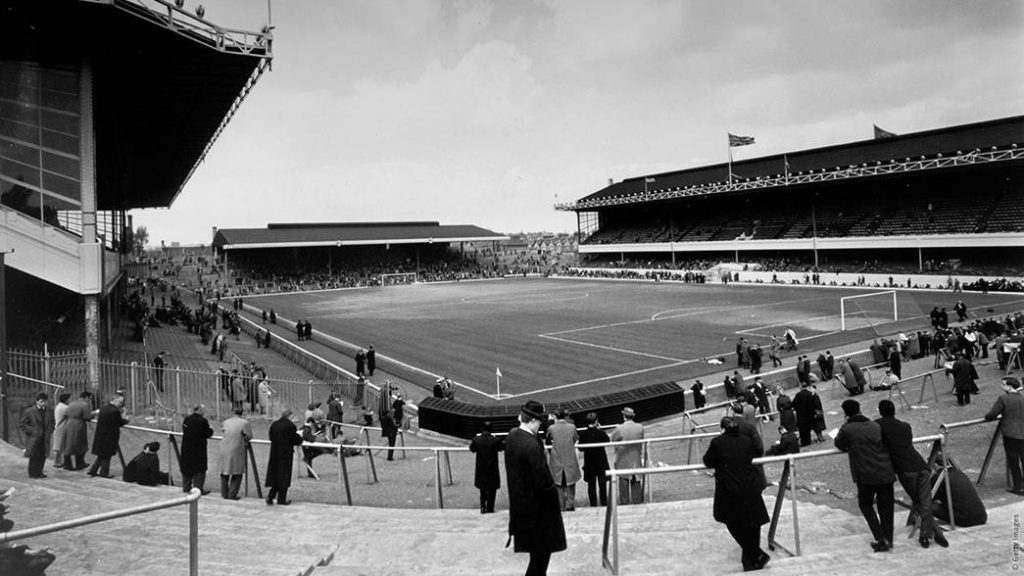
Arsenal Stadium, often commonly known as Highbury, served as the club’s home from September 1913 until May 2006, when it was replaced by the Emirates Stadium. Archibald Leitch, a well-known football architect, was responsible for the design of the original stadium, which featured a single covered stand in addition to three open-air banks of terracing. This layout was typical of the majority of football grounds in the United Kingdom at the time. New Art Deco stands were built for the west and east sides of the stadium, and they opened for business in 1932 and 1936, respectively. Additionally, a roof was added to the north bank terrace, which was bombed during the second world war and wasn’t repaired until 1954. The stadium underwent a major renovation in the 1930s.
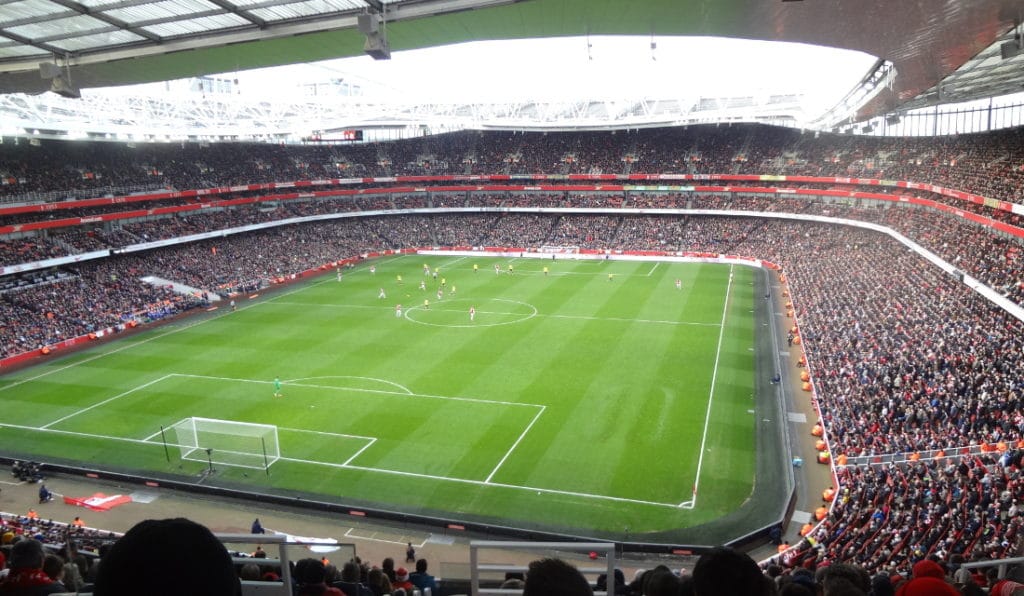
More than 60,000 spectators were able to fit inside of Highbury during its heyday, however the venue only held 57,000 people up until the early 1990s. Because of the Taylor Report and regulations imposed by the Premier League, Arsenal was required to transform Highbury into an all-seater stadium in time for the 1993–1994 season.
As a result, the stadium’s capacity was reduced to 38,419 fans who could sit down. This capacity had to be reduced even further during matches in the Champions League so that additional advertising boards could be accommodated. As a result, Arsenal was forced to play its home Champions League matches at Wembley Stadium for two seasons, from 1998 to 2000. Wembley Stadium has the capacity to hold more than 70,000 spectators.
Crest
The initial crest of Royal Arsenal was unveiled in 1888, and it depicted three cannons seen from above, pointing northwards. This design was inspired by the coat of arms of the Metropolitan Borough of Woolwich (nowadays transferred to the coat of arms of the Royal Borough of Greenwich). The presence of a carved lion’s head and a cascabel on each of these is unmistakable evidence that they are cannons, despite the fact that they are occasionally confused for chimneys. In 1922, the club adopted a crest that featured a single cannon pointing eastwards, with the club’s nickname, The Gunners, inscribed alongside it. This crest only lasted until 1925, when the cannon was reversed to point westward and its barrel was slimmed down. This was dropped after the move to Highbury in 1913, only to be reinstated in 1922, when the club adopted a crest featuring a single cannon pointing eastwards
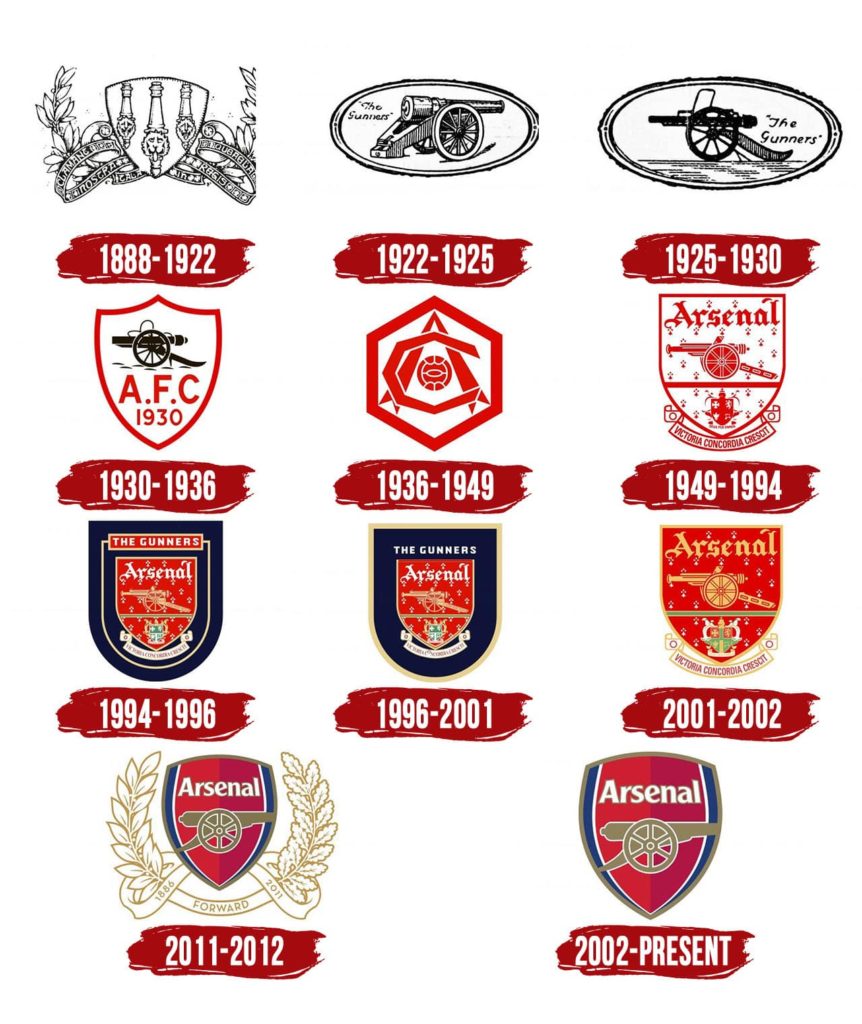
In 1949, the club presented its newly updated crest, which featured the same style of cannon below the club’s name, which was set in blackletter, and above the coat of arms of the Metropolitan Borough of Islington and a scroll inscribed with the club’s newly adopted Latin motto, Victoria Concordia Crescit, which translates to “victory comes from harmony.” This motto was conceived of by Harry Homer, who served as the club’s programme editor. The coat of arms was depicted in color for the very first time, and its hues shifted subtly over the course of its existence before settling on a tricolor pattern of red, gold, and green.
Arsenal were unable to secure a copyright for their crest due to the fact that it has been altered so frequently. In spite of the fact that the club had been successful in registering the crest as a trademark and had engaged in a protracted legal battle with a local street vendor who sold “unofficial” Arsenal merchandise, which they ultimately prevailed in, Arsenal eventually decided to seek a more comprehensive form of legal protection.
As a result, in the year 2002, they presented a new coat of arms that could be protected by copyright because it included more contemporary curved lines and a streamlined design. Once more, the cannon is aimed in the direction of the east, and the name of the club is printed in a sans-serif typeface just above the cannon. The color green was changed to a dark blue. The Arsenal Independent Supporters’ Association asserted that the club had ignored much of Arsenal’s history and tradition with such a radical modern design, and that fans had not been properly consulted on the issue. The Arsenal Independent Supporters’ Association was among the supporters who voiced their opposition to the new crest. Up to the 1960s, a badge was only worn on the playing shirt during high-profile events such as the FA Cup finals. This emblem often took the form of a monogram of the club’s letters in red on a white backdrop. The motif of the monogram was evolved into a badge in the manner of Art Deco.
On the badge, the letters A and C were used to frame a football rather than the word F, and the whole thing was set within a hexagonal border. This early example of a corporate logo was introduced as part of Herbert Chapman’s rebranding of the club in the 1930s, and it was used not only on the shirts that the players wore during the Cup Final, but also as a design feature throughout Highbury Stadium, including above the main entrance and inlaid in the floors. Since 1967, a white cannon has been featured prominently on Arsenal football team shirts. In the 1990s, however, the cannon was replaced by the club crest, and the nickname “The Gunners” was occasionally added. Arsenal Football Club celebrated their 125th anniversary during the 2011–12 season. As part of the festivities, the team wore a slightly altered version of the crest that is currently used on their jerseys for the current campaign.
The crest was entirely white, with 15 oak leaves to the right and 15 laurel leaves to the left of the center. The oak leaves are meant to symbolize the initial 15 members of the group, all of whom first got together at the Royal Oak bar. The fifteen laurel leaves are meant to symbolize the design detail that can be found on the six penny pieces that the founding fathers used to pay for the club’s establishment. The leaves of the laurel tree are also symbolic of strength. The years 1886 and 2011 are depicted on either side of the slogan “Forward” at the bottom of the crest. This brings the crest’s design full circle.
Ownership
Stan Kroenke, an American sports billionaire, is the club’s major shareholder and serves on the board of directors. Kroenke made his initial offer to purchase the club in April 2007, but he faced competition for shares from Red and White Securities, which bought its first shares from David Dein in August of that same year. Alisher Usmanov, a billionaire in Russia, and Farhad Moshiri, an Iranian banker based in London, were the original owners of Red & White Securities; however, Usmanov purchased Moshiri’s share in the company in 2016.
When Kroenke boosted his ownership to 18,594 shares in November 2009, he was dangerously close to surpassing the 30 percent threshold required for a takeover (29.9 percent ). Kroenke was able to complete his acquisition of the company in April 2011 by purchasing the shareholdings of Nina Bracewell-Smith and Danny Fiszman, which brought his total ownership up to 62.89 percent. Kroenke owned 41,721 shares as of May 2017, which represented 67.05 percent of the company, and Red & White Securities owned 18,695 shares (30.04 percent ). Kroenke increased his stake in the company by purchasing twenty-two additional shares in January of 2018, bringing his overall ownership percentage to 67.09 percent. In August of 2018, Kroenke paid a total of £550 million to buy out Usmanov. He now owned more than ninety percent of the company’s shares, giving him the necessary stake to complete the buyout of the remaining shares and become the sole owner of the business. Since Kroenke came over as owner, Arsenal has received a lot of criticism for their poor performance, and this criticism has been connected to Kroenke’s ownership.
Since 2009, Ivan Gazidis has served as the Chief Executive Officer of the club. Arsenal Holdings plc, the parent company of Arsenal Football Club, is a non-quoted public limited company. The ownership structure of Arsenal Football Club is significantly different from that of other football teams. Arsenal has only ever issued 62,219 shares, and those shares are not traded on a public exchange like the FTSE or the AIM. Instead, the shares are sold on the ICAP Securities and Derivatives Exchange, which is a specialized market that sees relatively little trading activity. On May 29, 2017, the mid price of a single share of Arsenal was £18,000, which places the club’s market capitalization value at around £1,119.9 million. Because the majority of football teams are not listed on an exchange, it is difficult to directly compare the values of different football clubs.
In 2015, branding consultants Brand Finance estimated that the club’s brand and other intangible assets were worth $703 million, which places Arsenal in the category of a AAA global brand. In 2018, the business valuation publication Forbes placed Arsenal in third place among English football clubs with a total valuation of $2.238 billion (£1.69 billion). According to a study conducted by the Henley Business School, Arsenal Football Club is the second most valuable in English football, with an estimated value of £1.118 billion in 2015. The 2014–15 season ended with Arsenal posting group revenue of £344.5 million and a profit before tax of £24.7 million, according to their financial results. The footballing side of the business brought in a total of £329.3 million in income.
The Deloitte Football Money League is a publication that standardizes and compares the annual revenue of various football clubs. They estimated that Arsenal’s footballing revenue was £331.3 million (€435.5 million), which placed Arsenal eighth among football clubs around the world. According to estimates provided by both Arsenal and Deloitte, the match day revenue generated by the Emirates Stadium is £100.4 million, which is more than any other football stadium in the world.







